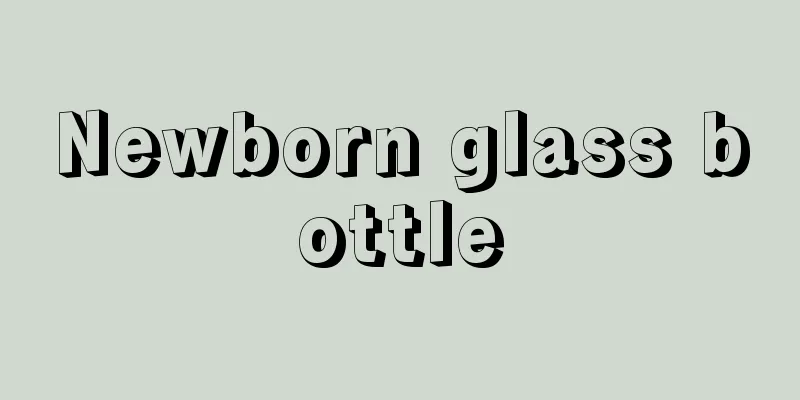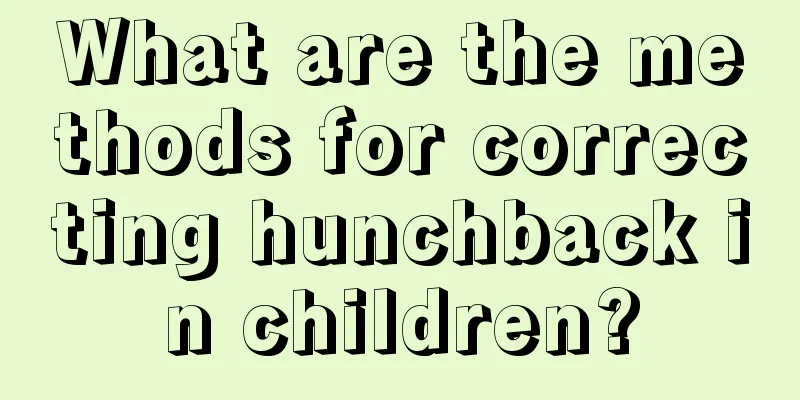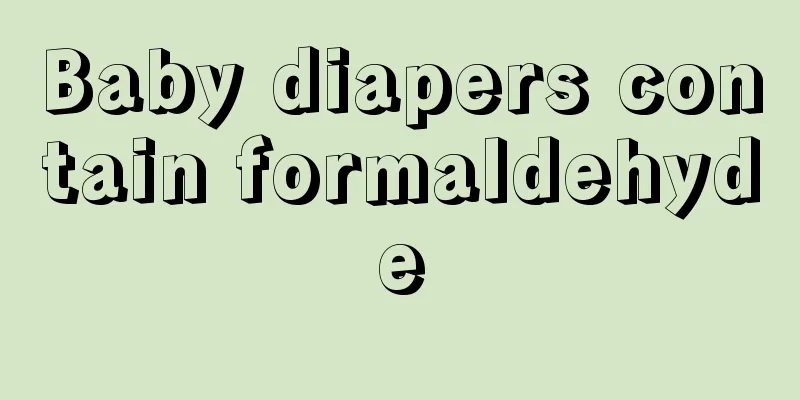Newborn glass bottle

|
Parents must pay close attention when choosing baby bottles, because baby bottles are in contact with high temperatures for a long time. If the quality of the baby bottles is not up to standard and they contain a large amount of chemical poisons, these chemical poisons can easily be absorbed into the milk powder. There are also many safety incidents caused by baby bottles. Generally speaking, glass baby bottles are safer than plastic baby bottles, but many parents still worry about whether glass baby bottles are really safe. Classification of baby bottles 1. Glass baby bottles Glass baby bottles are non-toxic and relatively safe to use, and the price is affordable for most mothers. It is also more convenient for mothers to wash glass bottles. In addition, this glass bottle is very suitable for babies who need to be fed frequently. Your baby can't hold a bottle to drink milk by himself yet, so there's no need to worry about breaking the bottle. 2. Plastic milk bottles Suitable for babies aged three months or above. This type of bottle is easy to use and you can consider using it if your baby is three months old. There are three types of materials for plastic baby bottles: PP, PES and PPSU. PP baby bottles are the most common in the market. Mothers can give priority to PP baby bottles when choosing baby bottles because of their good performance and easy purchase. Both ES and PP have good performance. Of course, PES is easier to clean and its price is slightly higher than PP. Another material is PPSU, but this material is rarely seen on the market and most mothers would not choose it. 3. Silicone baby bottle Suitable for babies of all ages. Because of its special material, silicone is softer in texture, so babies can hold the bottle to drink milk by themselves. In addition, silicone is safer and more comfortable to use. 4. Stainless steel bottle Suitable for babies over one year old. Stainless steel has a longer lifespan and is reasonably priced. However, there is a drawback: it is not transparent and mothers cannot see the amount of milk. How to choose a newborn baby bottle 1. Determine the capacity There are four main types of baby bottle capacities on the market, namely 120ml, 160ml, 200ml and 240ml. For newborn babies, a 120ml bottle is more suitable, but it usually needs to be replaced at around 5 months, so mothers can consider buying a bottle with a capacity of 120~200ml. Newborn babies are more sensitive, so mothers should pay attention to the principle of "small amounts and multiple times" when feeding them water. At this time, a 60ml bottle is most suitable for feeding water to babies because it is small in size and easy to clean. 2. Determine the quantity to purchase This is mainly determined by the feeding method and the method of using the bottle, and the number of bottles should be selected according to the child's feeding method. There are three feeding methods including breastfeeding, mixed feeding and artificial feeding. The number of bottles required for these three feeding methods is not the same. The exact number can be found above. 3. Look at the appearance The higher the transparency, the better the bottle, and it is easy to see the condition of the milk through the bottle. When buying baby bottles, mothers should try not to choose bottles with many patterns. Even if the merchants emphasize that these patterns are non-toxic and harmless, for the sake of the baby's health, it is better to avoid these potential dangers. In addition, good baby bottles are hard. Relatively speaking, PP is softer than PC and PES, so it may deform when exposed to high temperatures. In addition, mothers should also pay attention to the base of the pacifier, because the baby's lips will touch there over a large area, so the choice of this part will affect the baby's health and acceptance. 4. Look at the shape Glass bottles have the smoothest inner surface, which helps the flow of liquid and is especially suitable for babies under 3 months old. There are also bottles with more peculiar designs, such as curved bottles and ring bottles. Although these bottles have strange shapes, their designs make it easy for babies to hold the bottles steadily and are suitable for babies over 4 months old. Children around one year old are already able to drink milk by themselves, but their little hands are still relatively weak at this time and they often cannot hold the bottle steadily. A bottle with a handle can help children hold the bottle, and children can drink milk in various postures by adjusting the handle. 5. Look at the functions What kind of bottles can be used for babies with cleft lip and palate, premature babies, and sick babies with special needs? Don't worry, there are bottles specially designed for this type of babies on the market. When mothers are out and about, they can choose between disposable bottles and flat bottles. When feeding their babies, mothers can choose to feed the bottle at a 45-degree angle, which can better take care of the baby's needs. 6. Choose a pacifier Now that you know so much about baby bottles, the next step is to choose the right nipple. There are two types of pacifiers: rubber and silicone. The rubber nipple is very elastic and resistant to pulling. However, latex nipples may have a rubber odor. Newborn babies are relatively tender, so it is not recommended to use pacifiers with peculiar smells. Odorless silicone pacifiers are naturally very suitable for babies. Moreover, this type of pacifier has better performance in all aspects, such as heat resistance, anti-aging, non-corrosiveness, etc., and is favored by many mothers. Comparing the two types of pacifiers, most babies are more accepting of silicone pacifiers because they are closer to the mother's nipples. Babies will become more familiar with this type of pacifier. Repeated use can also help the baby secrete saliva, and help the facial muscles grow and improve appearance. So a silicone nipple might be a better choice. Kind tips: (1) Silicone is a relatively delicate material. If parents want to use this type of pacifier, they should check the surface of the pacifier frequently to see if there is any damage. (2) Silicone pacifiers may age and show signs of scratches, baby’s teeth marks or small holes. If mothers discover any of these, they must be replaced immediately. |
<<: Newborn baby's broken palm
>>: Feeding and care of newborns
Recommend
What is the normal blood sugar level for newborns?
The normal blood sugar value for adults is differ...
What should I do if my child has tonsil polyp inflammation?
Tonsillitis is a disease that everyone knows. Cli...
Reasons why children often daydream
Parents may occasionally find that their children...
What is the reason for the baby's fever of 37.4
During the baby's growth process, some unexpe...
How to treat bedwetting in children?
In life, it is normal for children under 3 years ...
What to do if children's skin turns dark
Many people believe that dark skin is a sign of h...
Tips for growing baby eyelashes
When a woman becomes pregnant, she will pay speci...
Why is my five-month-old baby crying in the middle of the night?
We know that good sleep is directly related to th...
Can sunbathing cure jaundice in newborns?
We often find that newborns will develop varying ...
What should I do if my child has a fever at home?
Children have weak body resistance and often enco...
How should mycoplasma infection in children be treated?
Children are young and have weaker resistance. Un...
My baby's myocardial enzyme is high, what's the matter
Nowadays, every child is a treasure in the family...
Symptoms of indigestion in three-year-old babies
Indigestion is a common disease in babies, and mo...
Why does a child roll his eyes when sleeping?
Parents often closely observe their children'...
Why is the palm of a three-year-old baby hot?
Generally speaking, if a three-year-old baby simp...









